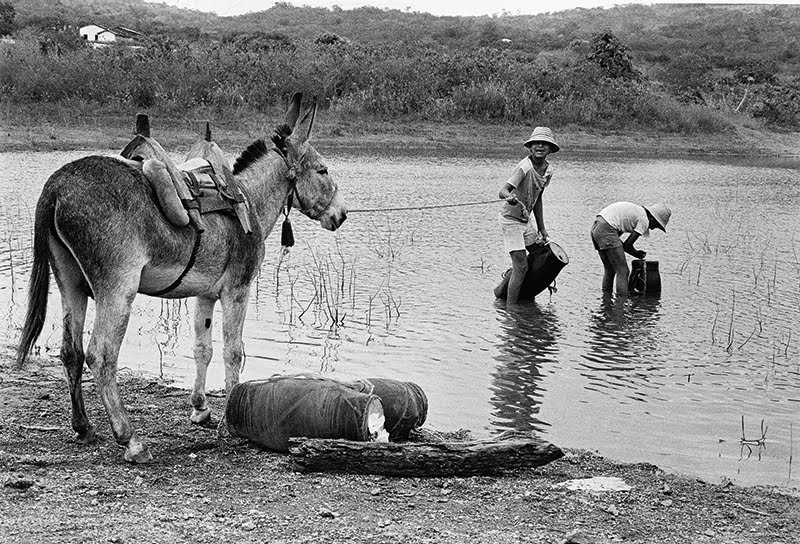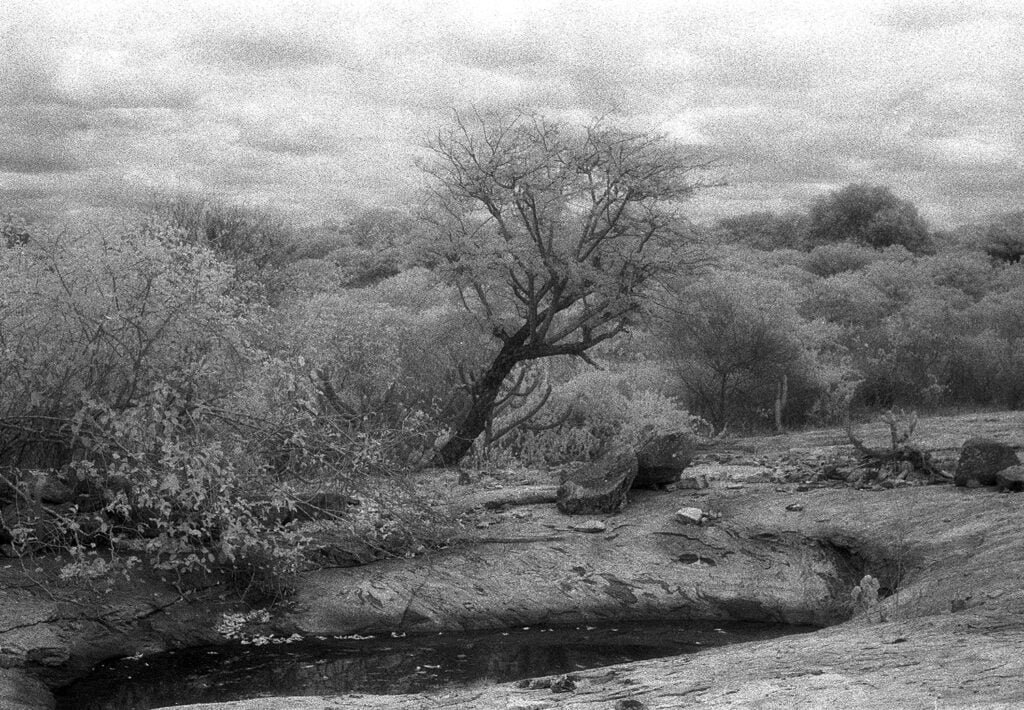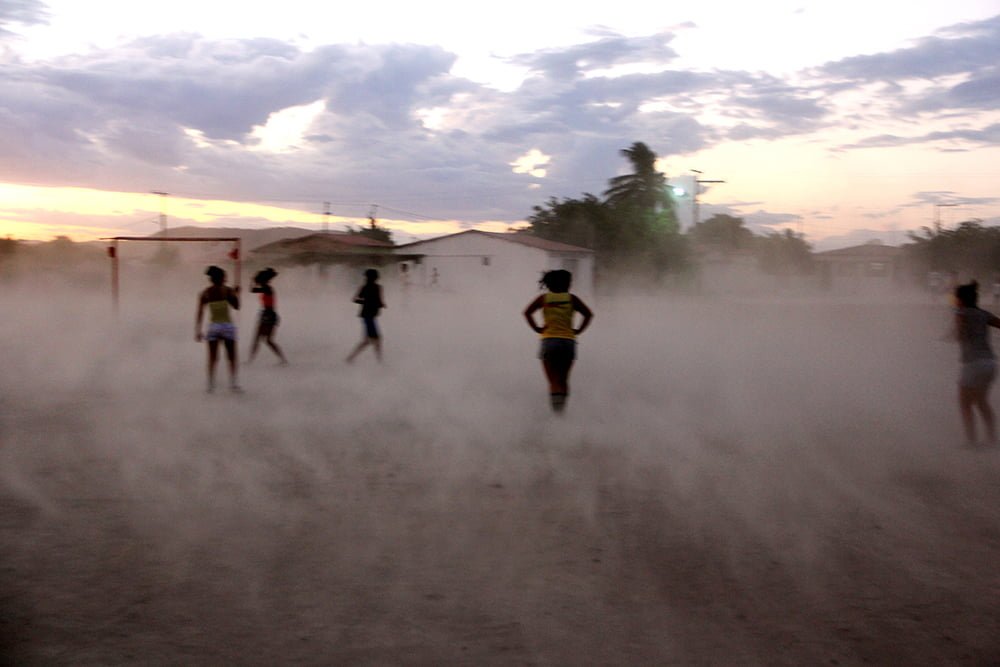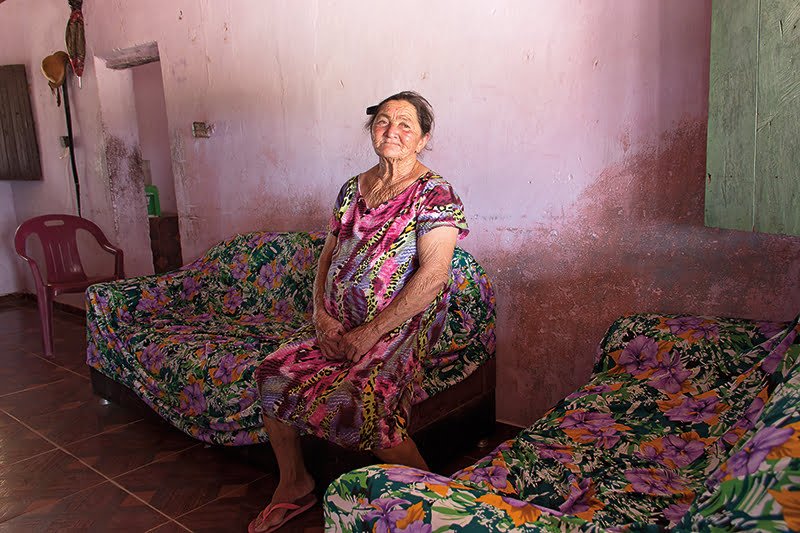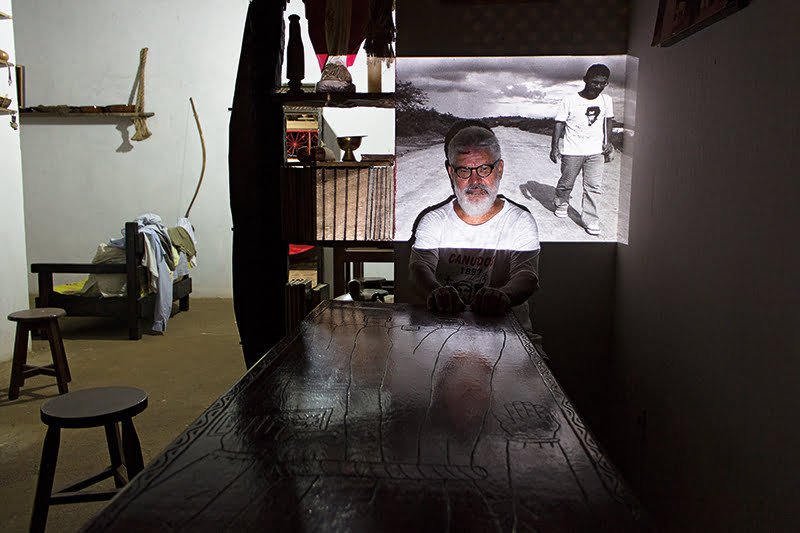
Esse ensaio faz parte do livro que foi publicado em 2017, Plano, seco e pontiagudo, pela Editora Madalena. Ele é fruto de duas viagens feitas ao sertão de Canudos, onde ocorreu uma guerra em 1897 que dizimou 25 mil sertanejos. As viagens foram feitas em 1989 e depois em 2016, portanto muitas modificações se percebe nas imagens. A autora fez o mesmo trajeto que os militares fizeram na quarta expedição quando sufocaram a população.


